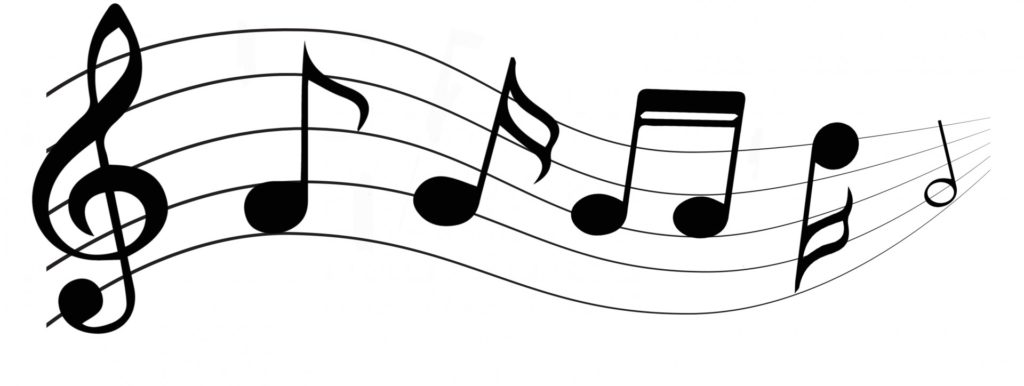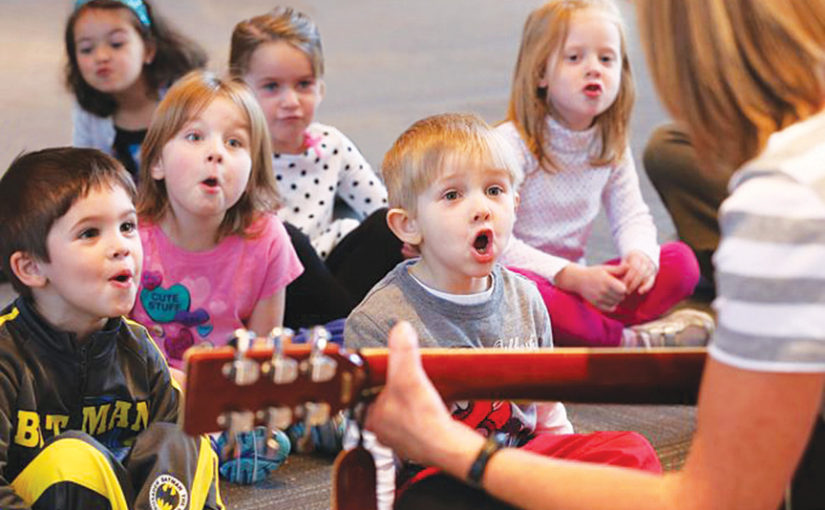Music is a universal language. Most children at a very young age respond to, engage, and interact with music. It can be used to get children to move or to help soothe/calm them when they are upset. Music makes us feel many emotions. We can also use it to teach our children sounds and words! Whether it’s popular music you hear on the radio or familiar children’s songs, it can be a fun way to teach them to imitate or anticipate to fill in sounds and words. Some common children’s songs that can often be heard at schools or child care settings are: Wheels on the Bus, Old McDonald, Isty Bitsy Spider, Twinkle, Twinkle Little Star, Row, Row, Row You Boat, Happy and You Know It, Head, Shoulders, Knees, and Toes, ABCs, and the now very popular Baby Shark. Many of these songs also pair actions to the words. Most children will imitate actions first, then begin to pair a sound/word/word approximation with the action. Children who are less vocal/verbal will gain confidence with action imitation and once they feel able to imitate the sound/word, will do so without even realizing it. For some children, the motor actions are enough of a distraction from speech being difficult for them that they eventually begin to make sounds. As parents/caregivers, we can build their engagement and interaction while singing songs with them by pausing at the end of a phrase or certain part of the song. This will give them the opportunity to try to fill in the pause. For example, while singing “Itsy Bitsy Spider”, pause before saying “down” to start with. Your hands will already be up ready to show them the gesture of “Down came the rain” so they will have the visual cue of what is coming next in the song. During “Old McDonald” or “Baby Shark”, give them the opportunity to decide who(animal or person) comes next. First ask “Who’s next?” to see if they can suggest, or give them a choice if they aren’t able to. For example, sing “Old McDonald had a farm, E-I-E-I-O” “And on his farm he had a …..” “Cow or horse?”. That way they can imitate what animal they want next. You can pause at the sound so they can fill it in. It usually works best if you don’t pause until the last phrase of the sound the animal makes so they hear it a couple times first(Everywhere a ……). When they are able, give them the choice of what song they want to sing with you. Such as, “Do you want boat or star?”. Then model the full name of the song for them if they are only at the single word level. As long as they are familiar with the song, they will love to try to sing along. It will boost their confidence to try new sounds and words, and they will enjoy the engagement with you!

